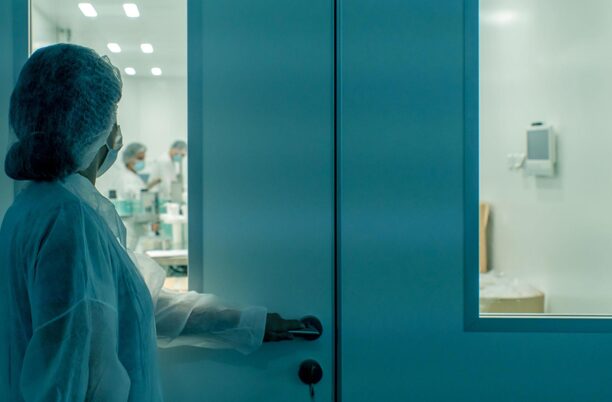Innovation never slows down. In biotech, it feels like every season brings something new. Tools get sharper. Processes get faster. Discoveries stack up quicker than ever. For investors, spotting the signals early is key. That is where microscopy steps into the spotlight.
Microscopy as a Driving Force
The biotech world thrives on vision. Seeing cells and molecules is where ideas turn into action. This is where advanced imaging shapes progress. Fluorescence microscopes now play a huge role. They help researchers look deep into living cells. They capture activity in real time. These tools are no longer niche gadgets. They are now at the heart of innovation in labs around the world.
Investors often watch for new drugs or therapies. But the real driver behind many breakthroughs is the tech that supports discovery. Microscopy is not just a side player. It is a foundation for the industry.
Why Investors Should Pay Attention
Investing in biotech can feel like chasing the unknown. One project may fail while another changes the market. Tools like advanced microscopes offer a safer bet. They are used across different research areas. From drug design to gene editing. From diagnostics to vaccine work. That wide reach makes them valuable.
When labs depend on a technology across many fields, demand grows steady. That is what investors should notice. A therapy might succeed or not. But the imaging tools that enable discovery remain in demand no matter what.
Trends Shaping the Future
The trends in microscopy show a clear direction. Images are becoming sharper. Systems now work faster. Integration with digital platforms is on the rise. AI is entering the scene. It is helping researchers process mountains of data from imaging sessions.
This is not just about research either. Clinical use is expanding. Doctors now use these tools to guide surgeries. Some systems support early disease detection. That means the market is not locked in the lab. It stretches into hospitals and clinics too. This wider reach signals long-term value.
The Cost Factor
Investors always ask about cost. High-end microscopes are not cheap. Prices can be steep, especially for advanced models. Yet cost does not slow growth. Labs see them as core infrastructure. Without them, projects hit walls. That makes purchase less optional and more essential.
Vendors also innovate in pricing models. Some offer flexible payment options. Others provide scaled-down versions for smaller labs. These moves widen the market. Investors can see that adoption will continue to grow.
The Role of Data
Modern biotech is data-heavy. Every project generates layers of information. Microscopy contributes a massive share of that data. Advanced systems do not just take pictures. They produce streams of digital detail. That information needs analysis, storage, and sharing.
This creates more openings for investment. Not only in imaging systems but also in data tools. Software that processes or organizes imaging data has big potential. The ecosystem grows around the microscope. Investors who follow that chain of value can find multiple entry points.
Morale and Productivity in Labs
There is also a people factor. Teams work better when they have the right tools. State-of-the-art microscopes improve morale. Researchers feel empowered. They see results more clearly. They waste less time on failed imaging attempts.
That energy drives productivity. Faster results lead to faster publications. Projects move at a better pace. Labs that run efficiently attract more funding. Investors who understand this connection see why imaging matters beyond the technical level.
Looking Ahead
The next wave of biotech will depend on sharper vision. Imaging trends will set the pace for discovery. Tools will get smarter. AI will handle more of the load. Microscopes will grow smaller, faster, and more connected. The market will keep expanding into clinical settings.
For investors, this is not just a detail on the edge of biotech. It is a central story. The future of discovery is being written through lenses and sensors. Following microscopy trends is a way to stay close to the action. It is a chance to support the tools that make breakthroughs possible.
Final Thoughts
Biotech investing is never simple. Risks and rewards run high. But microscopy trends reveal something stable. These tools sit at the core of progress. They drive discovery in research labs. They guide action in clinics. They shape the future of how we treat and understand health.
Investors who keep an eye on this field see more than equipment. They see the engines of innovation. And engines like that do not just fade. They power the next big leap.





























